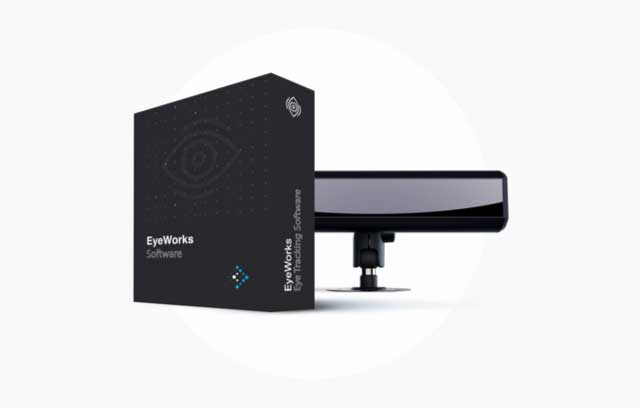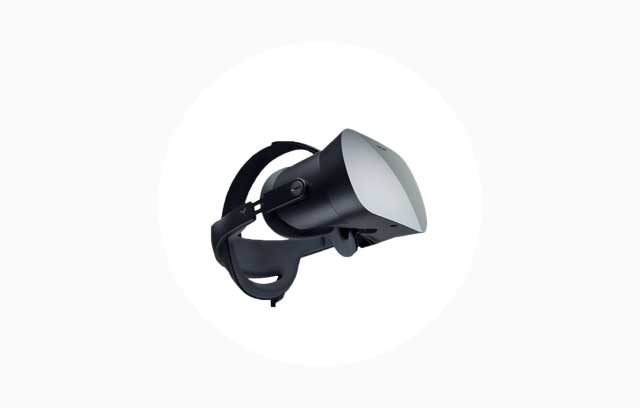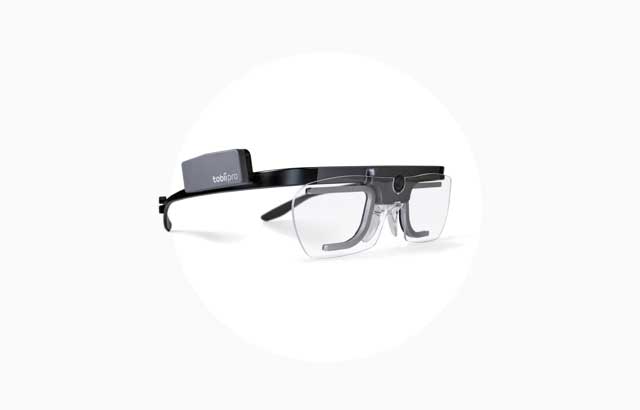What is Eye Tracking?
Introduction
In the simplest terms, eye tracking is the measurement of eye activity. Where do we look? What do we ignore? When do we blink? How does the pupil react to different stimuli? The concept is basic, but the process and interpretation can be quite complex. Below is a brief overview of eye tracking technology and its applications.
The Process of Eye Tracking
Eye tracking data is collected using either a remote, head-mounted or VR based ‘eye tracker’ connected to a computer. While there are many different types of non-intrusive eye trackers, they generally include two common components: a light source and a camera. The light source (usually infrared) is directed toward the eye.
The camera tracks the reflection of the light source along with visible ocular features such as the pupil. This data is used to extrapolate the rotation of the eye and ultimately the direction of gaze. Additional information such as blink frequency and changes in pupil diameter are also detected by the eye tracker. The aggregated data is written to a file that is compatible with eye-tracking analysis software such as EyeWorks.
Data Interpretation
There are many different methods for exploring eye data. The most common is to analyze the visual path of one or more participants across an interface such as a computer screen. Each eye data observation is translated into a set of pixel coordinates. From there, the presence or absence of eye data points in different screen areas can be examined. This type of analysis is used to determine which features are seen, when a particular feature captures attention, how quickly the eye moves, what content is overlooked and virtually any other gaze-related question. Graphics such as Heatmaps and GazeTraces™ are often generated to visualize such findings.
Beyond the analysis of visual attention, eye data can be examined to measure the cognitive state and workload of a participant. EyeTracking’s patented Index of Cognitive Activity (ICA) is among the most widely used of these metrics. It has been validated in multiple contexts as a reliable indicator of mental effort. Revolutionary tools such as the ICA have effectively demonstrated the wealth of information attainable through careful study of the eye.
The Applications
Think of all the ways that you will use your eyes today. You might drive a car. You might read a magazine. You might surf the internet or search the aisles of a grocery store or play a video game or complete a training exercise or watch a movie or look at pictures on your mobile device. These are the applications of eye tracking. With very few exceptions, anything with a visual component can be eye tracked. We use our eyes almost constantly, and understanding how we use them has become an extremely important consideration in research and design.
The automotive, medical and defense industries have applied eye tracking technology to make us safer. The fields of advertising, entertainment, packaging and web design have all benefited significantly from studying the visual behavior of the consumer. Research with special populations has generated exciting breakthroughs in psychology and physiology. Every day, as eye tracking is used in creative new ways, the list of applications grows.
EyeTracking has applied its technology in different contexts, check out our case studies.



